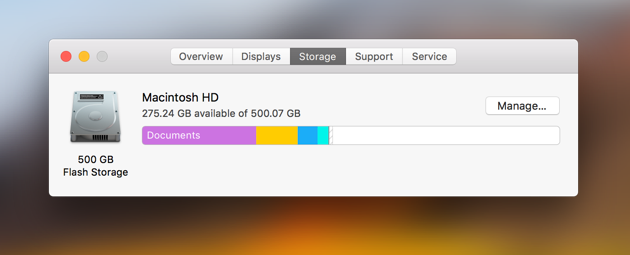
Capacity Massachusetts
Product specifications use the decimal system
Manufacturers of storage devices measure storage capacity using the decimal system (base 10). That's why the product packaging and online specifications include a statement such as this:
Download El Capitan and install fresh the Mac OS without upgrading the current Mac OS version The second method of installation is the clean install method. It basically erases the entire content of your chosen drive and installs a fresh, smooth version of the new operating system which is downloaded El Capitan Mac OS X in this case.
1GB = 1 billion bytes, and 1TB = 1 trillion bytes; actual formatted capacity less.
Capacity Mac Os X
Some of the storage capacity of any storage device, including of your iPhone, iPad, iPod, and Mac, is used by its formatting. Other factors, such as the operating system installed on the device, use additional storage space.
The maximum version of Mac OS X, OS X, or macOS supported by each G3 and later Mac follows. For complete specs on a particular system, click the name of the Mac. For all Macs that are compatible with a specifc maximum supported version of Mac OS X - courtesy of EveryMac.com's Ultimate Mac Sort - click the OS of interest. The Steps for Upgrading to Mac OS X El 10.11 Capitan. The following is steps for upgrading to Mac OS X 10.11 Capitan: Visit the Mac App Store. Locate the OS X El Capitan Page. Click the Download button. Follow the simple instructions to complete the upgrade. For users without broadband access, the upgrade is available at the local Apple store.
iOS and macOS use the decimal system

The operating system of your iPhone, iPad, iPod touch, and Mac reports storage capacity using the decimal system (base 10), which calculates 1GB as 1 billion bytes. This is the same measurement system used on the product packaging and specifications.
Capacity Mac Os 11
iOS 10 and earlier, Mac OS X Leopard and earlier, Microsoft Windows, and watchOS use the binary system (base 2), which calculates 1GB as 1,073,741,824 bytes. This difference between the decimal and binary systems of measurement is why the reported storage capacity differs from the storage capacity on the product packaging or specifications.
Learn more
The Disk Utility app might also show slight differences in storage capacity, particularly for solid-state drives (SSDs) and flash storage, because of the additional space used by the EFI partition, restore partition, wear-leveling blocks, write-buffer area, metadata, spare blocks, grown bad blocks, and factory bad blocks.
For information about managing storage space on your devices, see: